This site uses cookies as defined in our Cookie Policy, by continuing to use this site you agree to their use.
Continue
| Arrive | Depart | ||||||
| 25th25 | AugAug | 202525 | Reykjavík, Iceland, embark on the Star Pride | 17:00 | |||
Sprawling Reykjavík, the nation's nerve center and government seat, is home to half the island's population. On a bay overlooked by proud Mt. Esja (pronounced eh-shyuh), with its ever-changing hues, Reykjavík presents a colorful sight, its concrete houses painted in light colors and topped by vibrant red, blue, and green roofs. In contrast to the almost treeless countryside, Reykjavík has many tall, native birches, rowans, and willows, as well as imported aspen, pines, and spruces.Reykjavík's name comes from the Icelandic words for smoke, reykur, and bay, vík. In AD 874, Norseman Ingólfur Arnarson saw Iceland rising out of the misty sea and came ashore at a bay eerily shrouded with plumes of steam from nearby hot springs. Today most of the houses in Reykjavík are heated by near-boiling water from the hot springs. Natural heating avoids air pollution; there's no smoke around. You may notice, however, that the hot water brings a slight sulfur smell to the bathroom.Prices are easily on a par with other major European cities. A practical option is to purchase a Reykjavík City Card at the Tourist Information Center or at the Reykjavík Youth Hostel. This card permits unlimited bus usage and admission to any of the city's seven pools, the Family Park and Zoo, and city museums. The cards are valid for one (ISK 3,300), two (ISK 4,400), or three days (ISK 4,900), and they pay for themselves after three or four uses a day. Even lacking the City Card, paying admission (ISK 500, or ISK 250 for seniors and people with disabilities) to one of the city art museums (Hafnarhús, Kjarvalsstaðir, or Ásmundarsafn) gets you free same-day admission to the other two. The world's most northerly capital enjoys almost 24-hour sunlight in summer, all the better to show off the city's eclectic architecture and dazzling natural wonders. Soak in the milky Blue Lagoon, visit Guilfoss Waterfall, find Pingvellir National Park, a UNESCO World Heritage Site , or explore the surprisingly vibrant local museum and art scene. | |||||||
| 26th26 | AugAug | 202525 | Heimaey Island, Iceland | 10:00 | 17:00 | ||
It’s hard to imagine, as you stroll Heimaey’s idyllic streets of white wooden houses, that this island was literally torn apart by a spectacular volcanic eruption, just over 40 years ago. The fact that you can visit incredible Heimaey at all is something of a miracle – because the oozing lava of the Eldfell volcano threatened to seal the harbour off completely. Fortunately, its advance was halted by gallons of seawater, pumped onto it by the plucky islanders, who saved their fishing industry in the process. Iceland's famous for its scenery, and the huge castles of volcanic rock that rise out of the sea's waves here are some of the country's most dramatic. Witness a world still in transition. Circle Surtsey Island, a UNESCO World Heritage Site, which rose from the sea in the 1960s. Next up, Heimaey, where a volcanic eruption created a modern-day Pompeii in 1973. | |||||||
| 27th27 | AugAug | 202525 | Seydisfjørdur, Iceland | 18:00 | 23:59 | ||
Seyðisfjörður, a beautiful 19th-century Norwegian village on the east coast of Iceland, is regarded by many as one of Iceland's most picturesque towns, not only due to its impressive environment, but also because nowhere in Iceland has a community of old wooden buildings been preserved so well as here. Poet Matthías Johannessen called Seyðisfjörður a 'pearl enclosed in a shell'. The community owes its origins to foreign merchants, mainly Danes, who started trading in the fjord in the mid-19th century. But the crucial factor in the evolution of the village was the establishment of the Icelandic herring fishery by Norwegians in 1870-1900. The Norwegians built up a number of herring-fishing facilities, and in a matter of years the little community grew into a boom town. Today, about 800 people live in Seyðisfjörður. The local economy has long been based on the fisheries, while light industry also flourishes. Tourism is playing a growing role, as the picturesque town in its spectacular surroundings attracts more and more visitors. The car/passenger ferry Norrøna, which plies between continental Europe and Iceland every summer, docks at Seyðisfjörður every Thursday. Seyðisfjörður has been a cosmopolitan community from its foundation, and the ferry service has contributed to ensuring that it remains so. Seydisfjord is 11 miles of long, narrow, beautiful waterway surrounded by high mountains that ends at the town of Seydisfjordur, known for its old multi-colored wooden buildings and cascading waterfalls even in the town. This is home of the Skalanes Nature Reserve with its wide variety of wildlife including more than 45 bird species. The first high-voltage electricity in Iceland was opened here in 1913 and is still in operation today. A popular hiking path starts at the town center, following the east bank of the Fjardara River that flows through the center of town. | |||||||
| 28th28 | AugAug | 202525 | Seydisfjørdur, Iceland | 13:30 | |||
Seyðisfjörður, a beautiful 19th-century Norwegian village on the east coast of Iceland, is regarded by many as one of Iceland's most picturesque towns, not only due to its impressive environment, but also because nowhere in Iceland has a community of old wooden buildings been preserved so well as here. Poet Matthías Johannessen called Seyðisfjörður a 'pearl enclosed in a shell'. The community owes its origins to foreign merchants, mainly Danes, who started trading in the fjord in the mid-19th century. But the crucial factor in the evolution of the village was the establishment of the Icelandic herring fishery by Norwegians in 1870-1900. The Norwegians built up a number of herring-fishing facilities, and in a matter of years the little community grew into a boom town. Today, about 800 people live in Seyðisfjörður. The local economy has long been based on the fisheries, while light industry also flourishes. Tourism is playing a growing role, as the picturesque town in its spectacular surroundings attracts more and more visitors. The car/passenger ferry Norrøna, which plies between continental Europe and Iceland every summer, docks at Seyðisfjörður every Thursday. Seyðisfjörður has been a cosmopolitan community from its foundation, and the ferry service has contributed to ensuring that it remains so. Seydisfjord is 11 miles of long, narrow, beautiful waterway surrounded by high mountains that ends at the town of Seydisfjordur, known for its old multi-colored wooden buildings and cascading waterfalls even in the town. This is home of the Skalanes Nature Reserve with its wide variety of wildlife including more than 45 bird species. The first high-voltage electricity in Iceland was opened here in 1913 and is still in operation today. A popular hiking path starts at the town center, following the east bank of the Fjardara River that flows through the center of town. | |||||||
| 29th29 | AugAug | 202525 | Akureyri, Iceland | 09:00 | 19:00 | ||
Akureyri, called the Capital of the North is the second largest urban area in Iceland, and a lively one at that. Hemmed by the 60-km (37-mile) long Eyjafjörður, Akureyri is sheltered from the ocean winds and embraced by mountains on three sides. Late 19th-century wooden houses impart a sense of history, and the twin spires of a modern Lutheran church rising on a green hill near the waterfront, provide a focal point. To the south of Akureyri is the pyramid-shape rhyolite mountain Súlur. Beyond it is Kerling, the highest peak in Eyjafjörður District. Akureyri is an important port and fisheries center especially because of its ice-free harbor so close to the Arctic Circle. It lies at the end of Iceland's longest fjord, which is 37 miles long, at sits at the base of snowcapped peaks that offer some of Iceland's best skiing during the winter. Must-sees in Akureyri include the Listagil (art canyon) which is home to many arts and crafts galleries and shops, the beautiful church in the center of town, the botanical garden, and Hafnarstraeti, the main shopping street.This is also the perfect place to ride an Icelandic horse or soak in the sky-blue Myvatn Nature Baths. | |||||||
| 30th30 | AugAug | 202525 | Isafjørdur, Iceland | 12:00 | 20:30 | ||
Two colossal terraces of sheer rock stand either side of this extraordinarily located town - which rides a jutting spit onto an immensity of black fjord water. Surprisingly, considering the remoteness of its location and its compact size, Isafjordur is a modern and lively place to visit, offering a great choice of cafes and delicious restaurants – which are well stocked to impress visitors. The town is a perfectly located base for adventures amongst Iceland's fantastic wilderness - with skiing, hiking and water-sports popular pursuits among visitors. Small and easily walkable Isafjordur has one of the largest fisheries in Iceland. But the sever decline of the fishing industry has caused Isafjordur to look elsewhere for work. Despite its small size, this town has a school of music and has become a center for alternative music and they host a yearly festival that provides a platform for local musicians, band from around Iceland and the world to perform. | |||||||
| 31st31 | AugAug | 202525 | Grundarfjørdur, Iceland | 09:00 | 18:00 | ||
| Beautiful Grundarfjordur is located between a mountain range and the sea. The road nearby crosses a lava field that is partially warm so snow does not always stick there. The main attraction of the area is Snæfellsjokull National Park full of regal glaciers, lava fields, waterfalls, caves, calderas, and basalt cliffs. The peninsula there received the EARTHCHECK Sustainable Community Award in 2010, the first area in Iceland to win such an award. | |||||||
| 1st01 | SepSep | 202525 | Reykjavík, Iceland | 07:00 | 17:00 | ||
Sprawling Reykjavík, the nation's nerve center and government seat, is home to half the island's population. On a bay overlooked by proud Mt. Esja (pronounced eh-shyuh), with its ever-changing hues, Reykjavík presents a colorful sight, its concrete houses painted in light colors and topped by vibrant red, blue, and green roofs. In contrast to the almost treeless countryside, Reykjavík has many tall, native birches, rowans, and willows, as well as imported aspen, pines, and spruces.Reykjavík's name comes from the Icelandic words for smoke, reykur, and bay, vík. In AD 874, Norseman Ingólfur Arnarson saw Iceland rising out of the misty sea and came ashore at a bay eerily shrouded with plumes of steam from nearby hot springs. Today most of the houses in Reykjavík are heated by near-boiling water from the hot springs. Natural heating avoids air pollution; there's no smoke around. You may notice, however, that the hot water brings a slight sulfur smell to the bathroom.Prices are easily on a par with other major European cities. A practical option is to purchase a Reykjavík City Card at the Tourist Information Center or at the Reykjavík Youth Hostel. This card permits unlimited bus usage and admission to any of the city's seven pools, the Family Park and Zoo, and city museums. The cards are valid for one (ISK 3,300), two (ISK 4,400), or three days (ISK 4,900), and they pay for themselves after three or four uses a day. Even lacking the City Card, paying admission (ISK 500, or ISK 250 for seniors and people with disabilities) to one of the city art museums (Hafnarhús, Kjarvalsstaðir, or Ásmundarsafn) gets you free same-day admission to the other two. The world's most northerly capital enjoys almost 24-hour sunlight in summer, all the better to show off the city's eclectic architecture and dazzling natural wonders. Soak in the milky Blue Lagoon, visit Guilfoss Waterfall, find Pingvellir National Park, a UNESCO World Heritage Site , or explore the surprisingly vibrant local museum and art scene. | |||||||
| 2nd02 | SepSep | 202525 | At Sea | ||||
| 3rd03 | SepSep | 202525 | At Sea | ||||
| 4th04 | SepSep | 202525 | At Sea | ||||
| 5th05 | SepSep | 202525 | Qaqortoq (Julianehaab), Greenland | 08:00 | 22:00 | ||
The largest town in southern Greenland, Qaqortoq has been inhabited since prehistoric times. Upon arrival in this charming southern Greenland enclave, it's easy to see why. Qaqortoq rises quite steeply over the fjord system around the city, offering breath-taking panoramic vistas of the surrounding mountains, deep, blue sea, Lake Tasersuag, icebergs in the bay, and pastoral backcountry. Although the earliest signs of ancient civilization in Qaqortoq date back 4,300 years, Qaqortoq is known to have been inhabited by Norse and Inuit settlers in the 10th and 12th centuries, and the present-day town was founded in 1774. In the years since, Qaqortoq has evolved into a seaport and trading hub for fish and shrimp processing, tanning, fur production, and ship maintenance and repair. The scenic colonial town of Qaqortoq is easily seen on foot. Walk to the town square with its gorgeous fountain built of Igaliku rocks. Colorful houses encircle the square and Our Saviour's Church, built in 1832, is nearby. There are many works of art that have been chiseled into the rocks at the sculpture park called "Stone and Man," and the local museum full of Nordic artifacts is definitely worth a visit. Another point of interest is the fishing wharf where fresh and dried fish is sold. | |||||||
| 6th06 | SepSep | 202525 | Narsaq, Greenland | 08:00 | 16:00 | ||
| With a population of 1,600, Narsaq is the youngest town of Greenland and was founded in 1959. The mountain behind the town is full of coveted minerals and is a major attractions for rock pickers and geologists including the rare mineral, Tugtupit which has only been found in one or two places around the world. | |||||||
| 7th07 | SepSep | 202525 | Nanortalik, Greenland | 07:00 | 14:00 | ||
Nanortalik lies in a scenic area surrounded by steep mountainsides and is Greenland’s tenth-largest and most southerly town with less than 1500 inhabitants. The town’s name means the “place of polar bears”, which refers to the polar bears that used to be seen floating offshore on summer’s ice floes. Nanortalik has an excellent open-air museum that gives a broad picture of the region from Inuit times to today. Part of the exhibition is a summer hunting camp, where Inuit in traditional clothing describe aspects of their ancestor’s customs and lifestyle. The southernmost town in Greenland located at the mouth of the Tasermuit Fjord, Nanortalik shares space with polar bears who live and hunt on the sea outside of town. Vertical cliffs and steep peaks characterize the area around Nanortalik and Ketil Mountain at 6,562 feet has one of the highest climbing walls with Greenland's only natural forest just 25 miles away. The locals are charming and friendly and known for their choir singing, which you may end up hearing. | |||||||
| 8th08 | SepSep | 202525 | At Sea | ||||
| 9th09 | SepSep | 202525 | At Sea | ||||
| 10th10 | SepSep | 202525 | At Sea | ||||
| 11th11 | SepSep | 202525 | Bonne Bay Canada, Newfoundland and Labrador, Canada | 08:00 | 17:00 | ||
| Bonne Bay and Woody Point are part of the Gros Morne National Park, whose ancient landscape is a UNESCO World Heritage Site. Bonne Bay has two sections - Inner Bonne Bay and Outer Bonne Bay. Inner Bonne Bay has two arms with wooded coves and beaches. Outer Bonne Bay is the entrance to the Bonne Bay fjord. This bay was carved out approximately 10,000 years ago and is an area full of wildlife - moose and caribou, Arctic hare and ptarmigan. | |||||||
| 12th12 | SepSep | 202525 | Havre-Saint-Pierre, Québec, Canada | 13:00 | 20:00 | ||
Havre St. Pierre is a tiny seaside port on the north shore of the Saint Lawrence River in Quebec. It was settled in 1857 by Acadians from the Magdalen Island, and still today locals speak a dialect more similar to Acadian French than to Quebec French. It was originally called Saint-Pierre-de-la-Pointe-aux-Esquimaux until 1927, when it was officially shortened to Havre St Pierre. Until recently the local economy relied mainly on fishing and lumbering, today it is mainly a titanium ore-transhipment port. Nearby is one of the world’s most amazing natural phenomena – the Mingan Archipelago. They are the largest group of erosional monoliths in Canada, and were declared a Nation Park in 1984. These limestone monoliths have formed over thousands of years by wave action, strong winds and seasonal freezing and thawing. The result is a unique set of large limestone sculptures. Situated at the northern end of the St. Lawrence River, Havre St. Pierre is home to the eerie limestone structures of the Mingan Archipelago National Park Reserve. Tourism contributes hugely to the economy of this small town noted for the unique variety of flora and fauna found here such as the rare Mingan Thistle and puffins. Excellent fishing is also found here,made up of snow crab, scallops, lobster and salmon. | |||||||
| 13th13 | SepSep | 202525 | At Sea | ||||
| 14th14 | SepSep | 202525 | Quebec City, Québec, Canada | 08:00 | 16:00 | ||
Québec City's alluring setting atop Cape Diamond (Cap Diamant) evokes a past of high adventure, military history, and exploration. This French-speaking capital city is the only walled city north of Mexico. Visitors come for the delicious and inventive cuisine, the remarkable historical continuity, and to share in the seasonal exuberance of the largest Francophone population outside France.The historic heart of this community is the Old City (Vieux-Québec), comprising the part of Upper Town (Haute-Ville) surrounded by walls and Lower Town (Basse-Ville), which spreads out at the base of the hill from Place Royale. Many sets of staircases and the popular funicular link the top of the hill with the bottom. Cobblestone streets, horse-drawn carriages, and elaborate cathedrals here are charming in all seasons. The Old City earned recognition as an official UNESCO World Heritage site in 1985, thanks largely to city planners who managed to update and preserve the 400-year-old buildings and attractions without destroying what made them worth preserving. The most familiar icon of the city, Fairmont Château Frontenac, is set on the highest point in Upper Town, where it holds court over the entire city.Sitting proudly above the confluence of the St. Lawrence and St. Charles rivers, the city's famous military fortification, La Citadelle, built in the early 19th century, remains the largest of its kind in North America. In summer, visitors should try to catch the Changing of the Guard, held every morning at 10 am; you can get much closer to the guards here than at Buckingham Palace in London.Enchanting as it is, the Old City is just a small part of the true Québec City experience. Think outside the walls and explore St-Roch, a downtown hot spot, which has artsy galleries, foodie haunts, and a bustling square. Cruise the Grande-Allée and avenue Cartier to find a livelier part of town dotted with nightclubs and fun eateries. Or while away the hours in St-Jean-Baptiste, a neighborhood with trendy shops and hipster hangouts. A focal point of French culture and one of North America's oldest and most beautiful cities, Quebec City sits above the St. Lawrence River on a rocky spur with 328-foot cliffs. This French-speaking city was established in 1608 with the only fortified city walls remaining in America north of Mexico, and declared a UNESCO World Heritage City. The Old Town is packed with museums, cobblestone streets and mansard-roofed houses begging to be explored. Other historic attractions include the Fairmont Chateau Frontenac, Notre Dame Basilica, Battlefields Park and Terrasse Dufferin. | |||||||
| 15th15 | SepSep | 202525 | Montréal, Québec, Canada, disembark the Star Pride | 08:00 | |||
Canada's most diverse metropolis, Montréal, is an island city that favors style and elegance over order or even prosperity, a city where past and present intrude on each other daily. In some ways it resembles Vienna—well past its peak of power and glory, perhaps, yet still vibrant and grand.But don't get the wrong idea. Montréal has always had a bit of an edge. During Prohibition, thirsty Americans headed north to the city on the St. Lawrence for booze, music, and a good time, and people still come for the same things. Summer festivals celebrate everything from comedy and French music and culture to beer and fireworks, and, of course, jazz. And on those rare weeks when there isn't a planned event, the party continues. Clubs and sidewalk cafés are abuzz from late afternoon to the early hours of the morning. And Montréal is a city that knows how to mix it up even when it's 20 below zero. Rue St-Denis is almost as lively on a Saturday night in January as it is in July, and the festival Montréal en Lumière, or Montréal Highlights, enlivens the dreary days of February with concerts, balls, and fine food.Montréal takes its name from Parc du Mont-Royal, a stubby plug of tree-covered igneous rock that rises 764 feet above the surrounding cityscape. Although its height is unimpressive, "the Mountain" forms one of Canada's finest urban parks, and views from the Chalet du Mont-Royal atop the hill provide an excellent orientation to the city's layout and major landmarks.Old Montréal is home to museums, the municipal government, and the magnificent Basilique Notre-Dame-de-Montréal within its network of narrow, cobblestone streets. Although Montréal's centre-ville, or Downtown, bustles like many other major cities on the surface, it's active below street level as well, in the so-called Underground City–-the underground levels of shopping malls and food courts connected by pedestrian tunnels and the city's subway system, or métro. Residential Plateau Mont-Royal and trendy neighborhoods are abuzz with restaurants, nightclubs, art galleries, and cafés. The greener areas of town are composed of the Parc du Mont-Royal and the Jardin Botanique. Montreal is full of interesting architecture and is considered by many to be the creative capital of Canada. Named a UNESCO City of Design, Montreal attractions include Basilique Notre-Dame, Stade Olympique, Canal de Lachine, Old Montreal, and Habitat 67. Enjoy a meal at one of the terraced cafes of Plateau Mont-Royal and make sure you try Kamouraska lamb, Arctic char and poutine. | |||||||
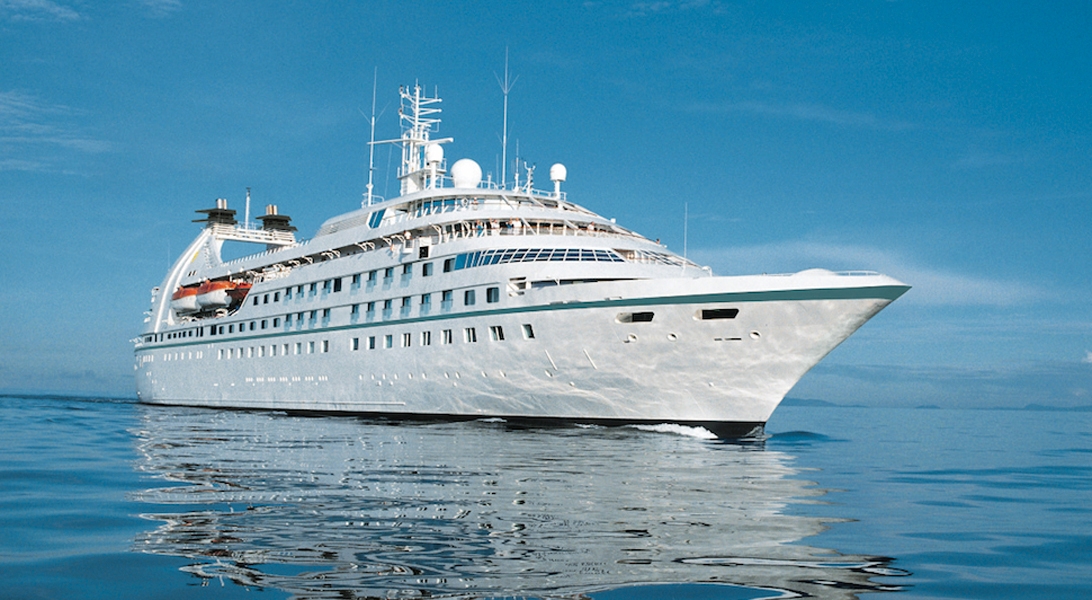






The images shown are for illustration purposes only and may not be an exact representation of what you find on the ship.

Stylish comfort and ocean views welcome you in 277 square feet. Your queen bed (which can be separated as twins if you prefer) features luxurious Egyptian cotton linens. Enjoy a luxurious soak in your full-size tub or an invigorating shower, then wrap up in your waffle-weave robe and slippers, savour a treat from the fresh fruit bowl, or simply stretch out and enjoy the fresh flowers.
Newly Redesigned Restrooms
We re-imagined our restrooms to provide you a private oasis within your own room.
All Accommodations Feature
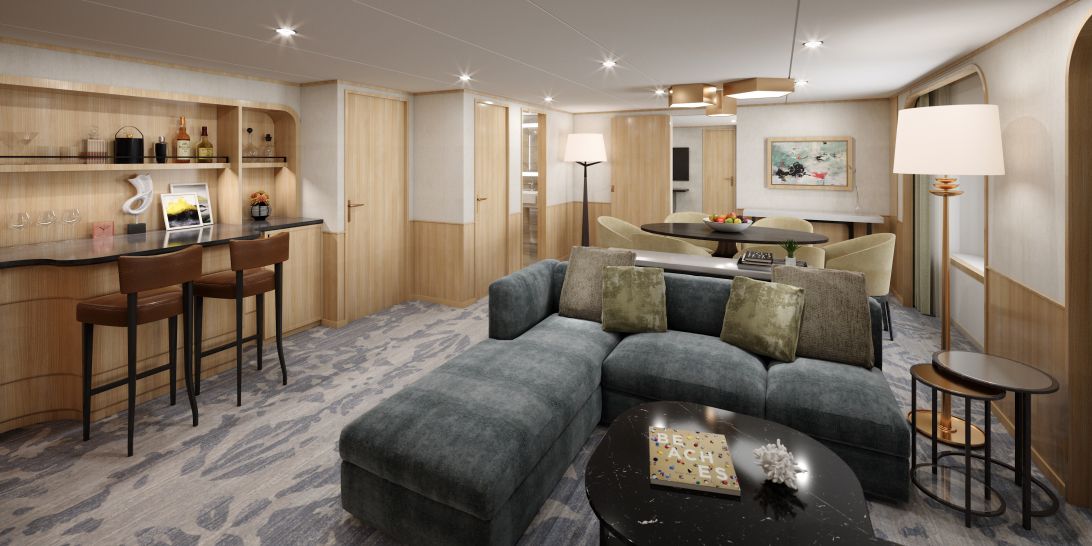
Newly Redesigned Restrooms
We re-imagined our restrooms to provide you a private oasis within your own room.
All Accommodations Feature
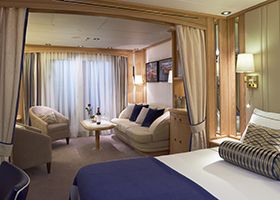
Stylish comfort and ocean views welcome you in 277 square feet. Your queen bed (which can be separated as twins if you prefer) features luxurious Egyptian cotton linens. Enjoy a luxurious soak in your full-size tub or an invigorating shower, then wrap up in your waffle-weave robe and slippers, savour a treat from the fresh fruit bowl, or simply stretch out and enjoy the fresh flowers.
Four suites with ocean view are modified accessible; they feature a shower with a small lip into shower, a step into the bathroom with a portable ramp, standard interior and exterior doorways.
Newly Redesigned Restrooms
We re-imagined our restrooms to provide you a private oasis within your own room.
All Accommodations Feature
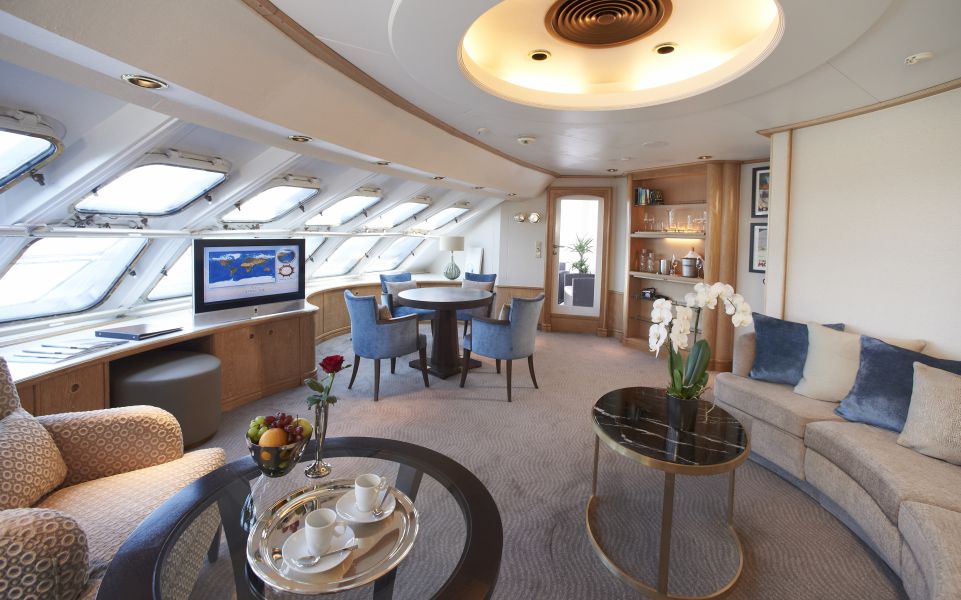
With 575 square feet, your Owner’s Suite offers separate living room and dining areas. A veranda, two interactive TVs, and a full master bath and separate powder room indulge you in spacious comfort.
*Please note this suite has a shower only
Newly Redesigned Restrooms
We re-imagined our restrooms to provide you a private oasis within your own room.
All Accommodations Feature
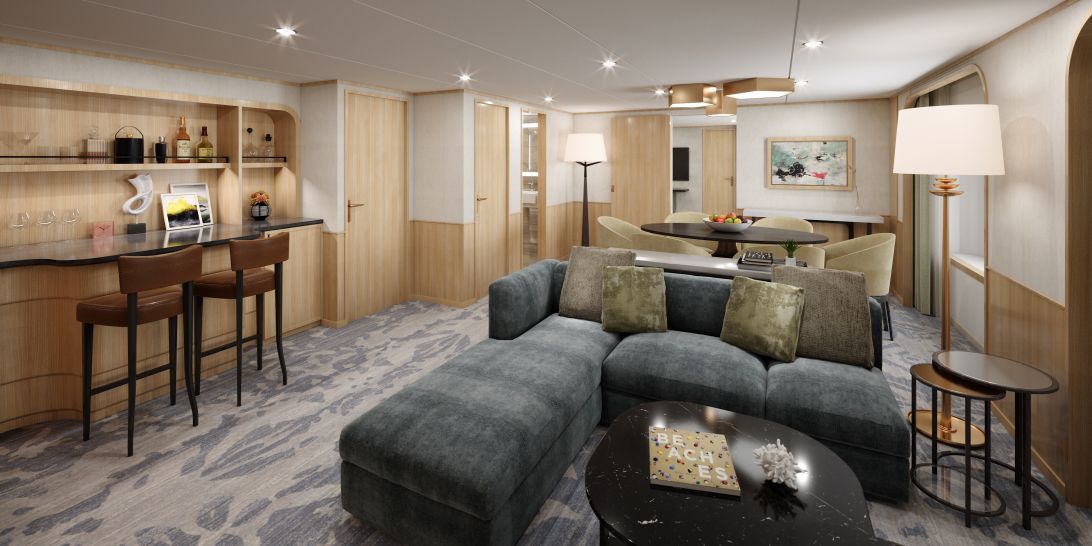
A stunning brand new owner’s suites with 820 square feet of space featuring two bedrooms and two bathrooms, a verandah, and plenty of space in the sitting area for entertaining. This is the most sought after suite on the entire ship and once you stay here, you’ll never stay anywhere else.
Newly Redesigned Restrooms
We re-imagined our restrooms to provide you a private oasis within your own room.
All Accommodations Feature
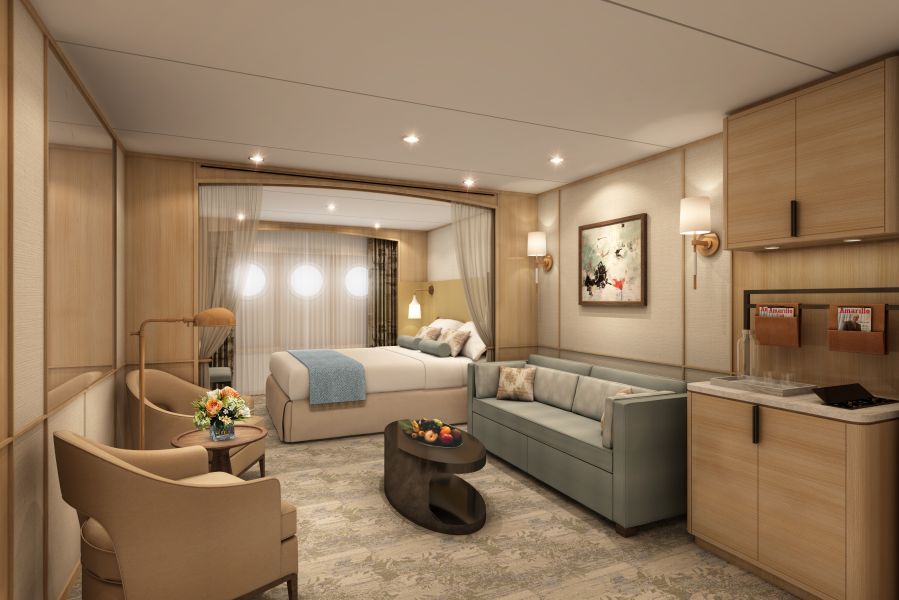
Newly Redesigned Restrooms
We re-imagined our restrooms to provide you a private oasis within your own room.
All Accommodations Feature
The images shown are for illustration purposes only and may not be an exact representation of what you find on the ship.
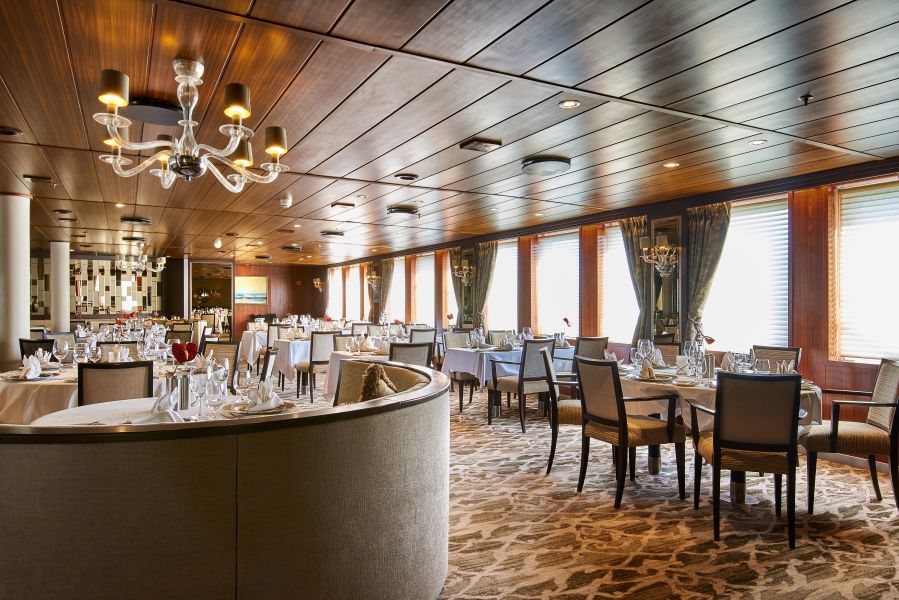
Here, the dining room manager seats you, but where is your decision. There are no pre-assigned tables or first or second seatings. When you dine and with whom are entirely up to you. Seating usually begins at 6:30 p.m. and will be printed in the ship's daily program. Each delightful dish is prepared exactly to your liking – an exquisite dinner served course-by-course with a fine selection of vintage wines.

Savour flavours of Spanish local culture as you dine in intimate surroundings that encourage sharing and camaraderie by ten-time Michelin-starred Chef Anthony Sasso. With seating for 38 including a chef’s counter and communal table, it’s an inventive take on modern Spanish cuisine. (Coming Soon, Star Plus Class ships only)
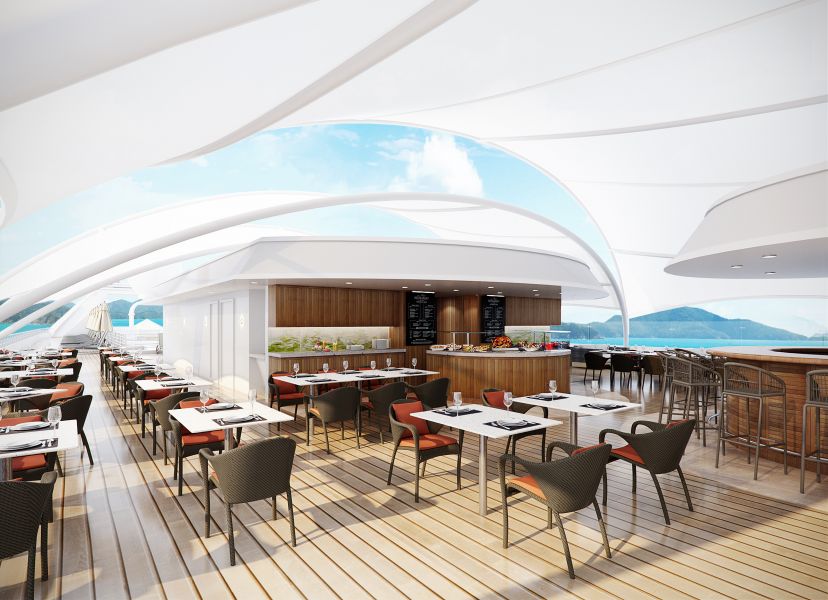
You’ll find all your traditional grilled and barbecued favourites (and discover new dishes from around the world) in our new casual outdoor restaurant brought to you in partnership with global grilling authority, Steven Raichlen.
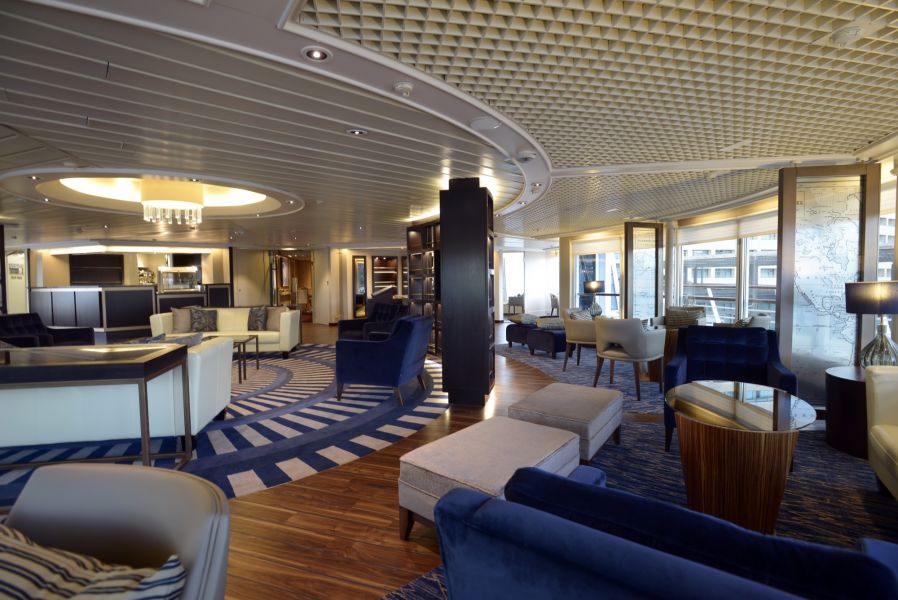
Certainly a Windstar favourite, The Yacht Club is the perfect place if you want to enjoy some casual dining. Serving gourmet sandwiches, snacks and beverages, all the food is prepared to your liking and is presented in impeccable Windstar style.
The images shown are for illustration purposes only and may not be an exact representation of what you find on the ship.
The images shown are for illustration purposes only and may not be an exact representation of what you find on the ship.
The images shown are for illustration purposes only and may not be an exact representation of what you find on the ship.
| 21 nights aboard the Star Pride | |||
| Port Taxes and Fees | |||
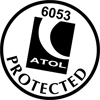 | ABTA and ATOL Protection* | ||
Date 25th Aug 2025 |
Nts 21 |
Please Call for Availability |
Date 25th Aug 2025 |
Nts 21 |
Please Call for Availability |
Fusion Cruises when selling travel arrangements is a trading name of The Midcounties Co-operative Ltd. Fusion Cruises is an Accredited Body Member of Midcounties Co-operative Travel Consortium. (ABTA:P6652, ATOL:6053).
Book with Confidence. We are a Member of ABTA which means you have the benefit of ABTA’s assistance and Code of Conduct.
Some of the flights and flight-inclusive holidays on this website are financially protected by the ATOL scheme but ATOL protection does not apply to all holiday and travel services offered on this website. This website will provide you with information on the protection that applies in the case of each holiday and travel service offered before you make your booking. If you do not receive an ATOL Certificate then the booking will not be ATOL protected. If you do receive an ATOL Certificate but all parts of your trip are not listed on it, those parts will not be ATOL protected. Please see our booking conditions for information, or for more information about financial protection and the ATOL Certificate go to: www.caa.co.uk
